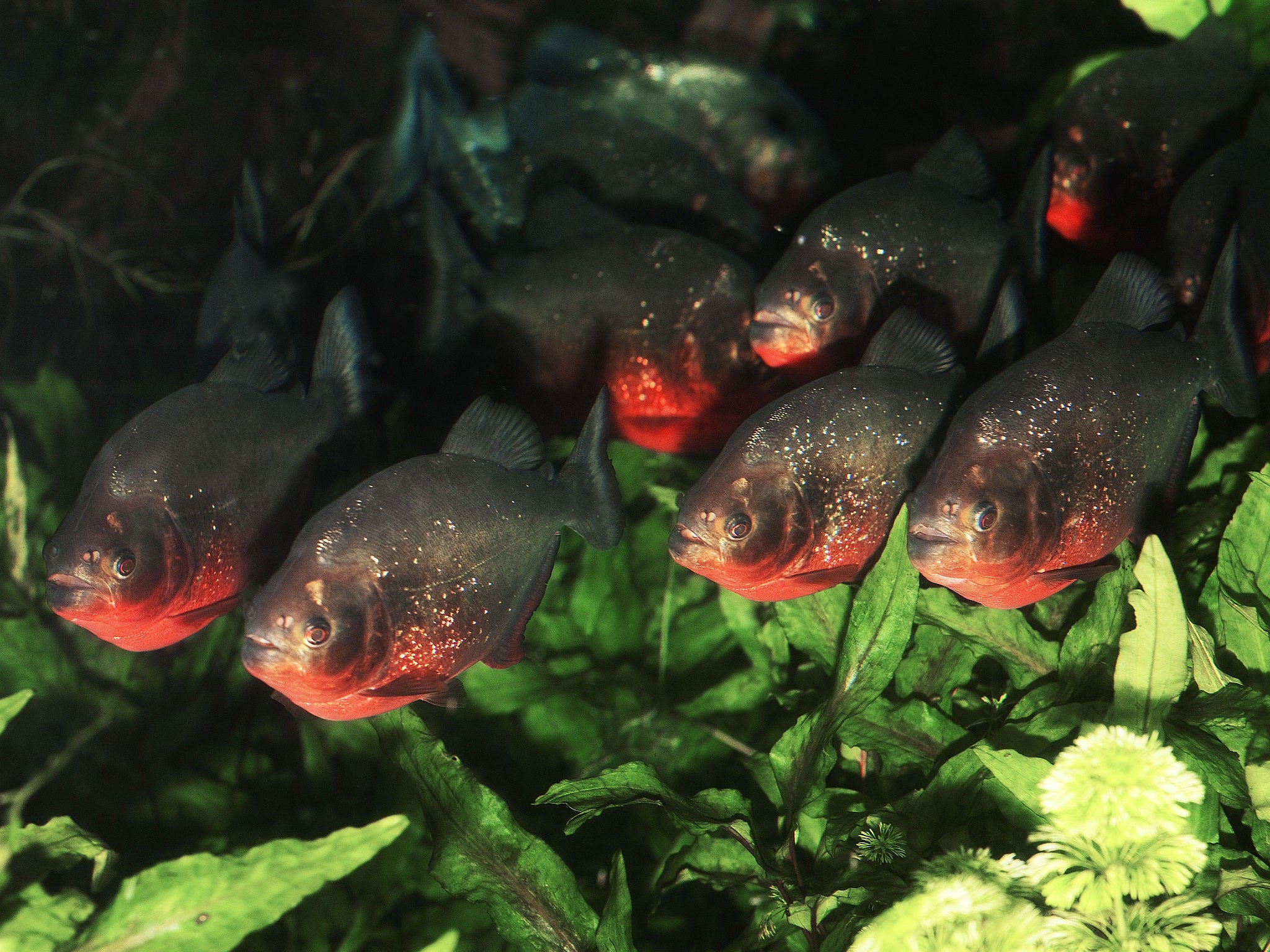Superfish: how do you know if your computer is affected? And how do you get rid of it?
It was revealed yesterday that Lenovo computers had shipped with a dangerous piece of Adware, unknown to customers. Here’s how to check if you were hit

Your support helps us to tell the story
From reproductive rights to climate change to Big Tech, The Independent is on the ground when the story is developing. Whether it's investigating the financials of Elon Musk's pro-Trump PAC or producing our latest documentary, 'The A Word', which shines a light on the American women fighting for reproductive rights, we know how important it is to parse out the facts from the messaging.
At such a critical moment in US history, we need reporters on the ground. Your donation allows us to keep sending journalists to speak to both sides of the story.
The Independent is trusted by Americans across the entire political spectrum. And unlike many other quality news outlets, we choose not to lock Americans out of our reporting and analysis with paywalls. We believe quality journalism should be available to everyone, paid for by those who can afford it.
Your support makes all the difference.The Superfish adware that was revealed yesterday to have been installed onto Lenovo laptops could allow hackers to watch your internet activity and compromise your security and privacy. It could hit any computer – not just Lenovo ones – so here’s how to check whether you’re affected and deal with it if you are.
As well as injecting ads into your internet browser, Superfish makes your PC insecure, researchers said yesterday.
To check whether it is active on your computer, head to the Superfish CA Test on all of the browsers that you have installed. The page will tell you if it’s installed.
To uninstall it if it is, head to the Windows Start menu. Search for “Uninstall a program”, launch the app, and look for “Superfish Inc VisualDiscovery”. Click to uninstall, and that should get rid of the application.
Then, to uninstall the certificates, go back to the Start menu and search for “certmgr.msc”. Launch that and click through to the Certificates menu. Find anything there that has the word “Superfish” in it, and delete them by right clicking.
That should leave your computer free of Superfish. To check, restart your computer and head to the test again.
While some have suggested that the deletion and removal of the certificates might not make computers entirely safe, that is Microsoft’s recommended path.
The only way to be absolutely sure that Superfish is not installed is to wipe the computer and re-install the operating system. As well as getting rid of Superfish, that will also delete the other bloat that can often come with manufacturers’ installs of Windows. Full instructions on how to do so can be found on Microsoft’s Windows website.
Join our commenting forum
Join thought-provoking conversations, follow other Independent readers and see their replies
Comments